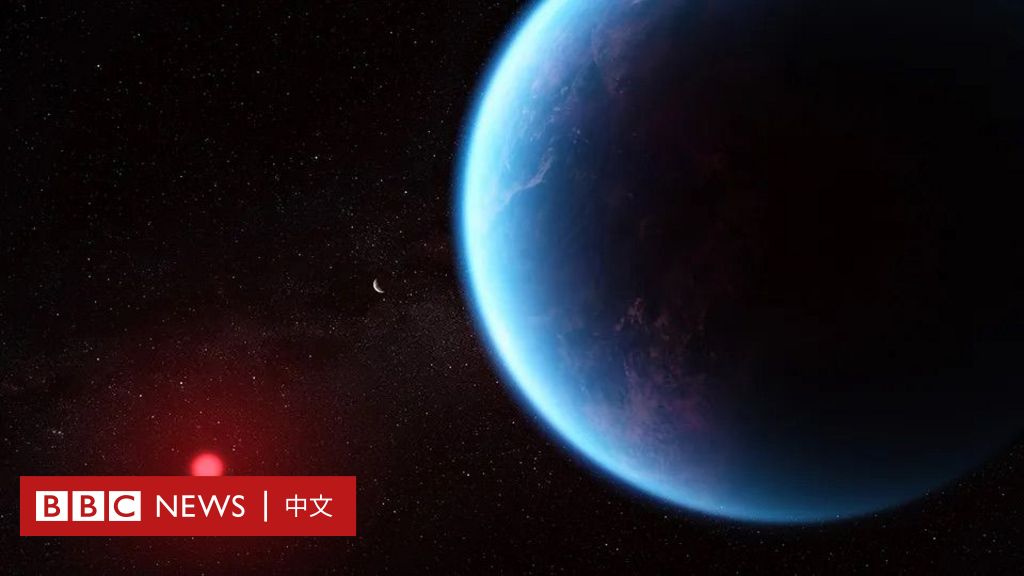K2-18b: Is There Evidence of Life on This Exoplanet?
The discovery of K2-18b, an exoplanet orbiting within the habitable zone of a red dwarf star, sent ripples of excitement through the scientific community. Located approximately 124 light-years from Earth, this super-Earth possesses characteristics that make it a prime candidate in the search for extraterrestrial life. But is there actual evidence of life on K2-18b, or is the hype premature? Let's delve into the latest findings and explore the possibilities.
K2-18b: A Closer Look at the Potential Habitable Exoplanet
K2-18b was first discovered in 2015 by the Kepler Space Telescope. Its location within the habitable zone—the region around a star where liquid water could exist on a planet's surface—immediately sparked interest. However, being a super-Earth, meaning it's significantly larger and more massive than our planet, raises questions about its atmospheric composition and habitability.
Key Characteristics of K2-18b:
- Mass: Approximately 8 times that of Earth.
- Radius: About 2.6 times Earth's radius.
- Orbital Period: Approximately 33 days.
- Host Star: K2-18, a red dwarf star.
The presence of a red dwarf star as its host is both a boon and a challenge. Red dwarfs are smaller and cooler than our Sun, meaning their habitable zones are closer. This proximity could lead to tidal locking, where one side of the planet always faces the star, resulting in extreme temperature differences. However, the closer proximity also makes it easier to study the planet's atmosphere using current technology.
The Hunt for Biosignatures: Water Vapor and Beyond
The most significant development in the search for life on K2-18b came with the detection of water vapor in its atmosphere. While the presence of water vapor doesn't definitively prove the existence of life, it's a crucial building block and a strong indication that the planet might be capable of supporting it.
Challenges in Interpreting the Data:
- Atmospheric Composition Uncertainty: While water vapor has been detected, the precise atmospheric composition remains unclear. Further observations are needed to identify other potential biosignatures, such as methane or oxygen, which would offer stronger evidence for life.
- False Positives: Detecting atmospheric components from such a vast distance is incredibly challenging. There's always a risk of misinterpreting data or encountering false positives.
- The Red Dwarf Problem: The intense stellar activity of red dwarf stars, including frequent flares, could make it difficult for life to evolve and thrive.
Future Missions and Research: The Path Forward
The quest to understand K2-18b and determine whether it harbors life is far from over. Several upcoming missions and research initiatives will play a crucial role:
- The James Webb Space Telescope (JWST): JWST's powerful infrared capabilities will provide far more detailed spectroscopic data, enabling scientists to analyze K2-18b's atmosphere with unprecedented precision. This will allow for a deeper understanding of its atmospheric composition and the potential for life.
- Ground-Based Observatories: Ground-based telescopes equipped with advanced instrumentation continue to contribute valuable data to the ongoing research.
- Future Exoplanet Missions: Planned missions like the ARIEL space telescope will significantly advance our ability to characterize exoplanet atmospheres and search for biosignatures.
Conclusion: Hope Remains for Life on K2-18b
While definitive proof of life on K2-18b remains elusive, the evidence gathered so far is incredibly promising. The detection of water vapor, coupled with its location within the habitable zone, makes it a compelling target for future research. The next few years will be critical, as next-generation telescopes provide much-needed data to help determine whether this intriguing super-Earth could potentially be home to life beyond Earth. Stay tuned for updates as the scientific community continues its exploration of this fascinating exoplanet.
Keywords: K2-18b, exoplanet, habitable zone, super-Earth, extraterrestrial life, biosignatures, water vapor, James Webb Space Telescope (JWST), red dwarf star, space exploration, astronomy, astrobiology.
